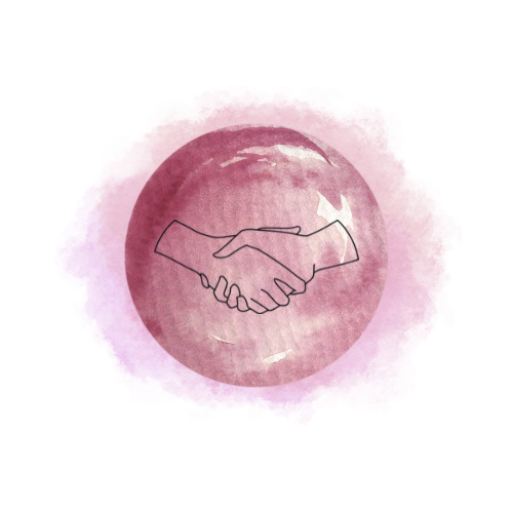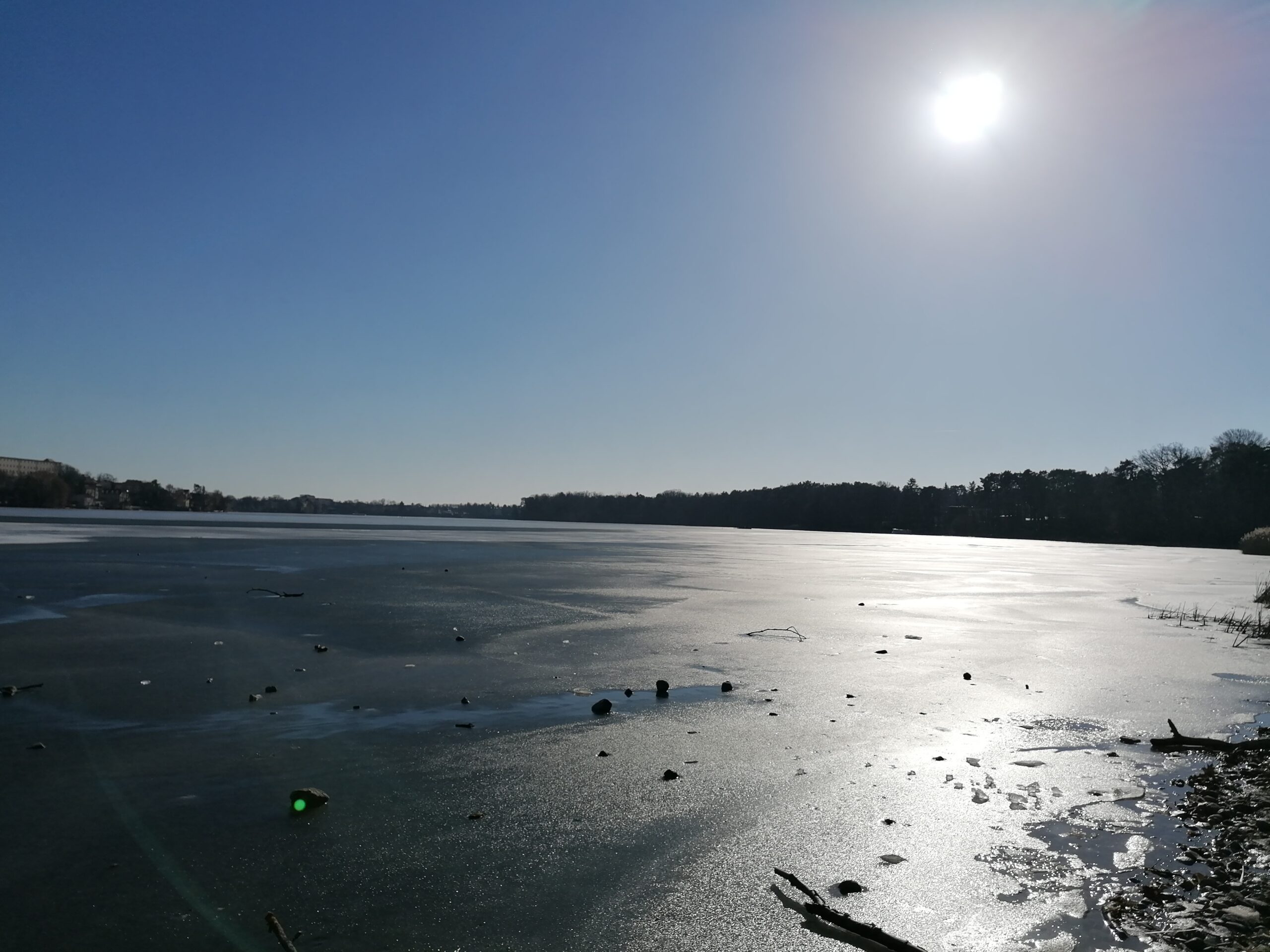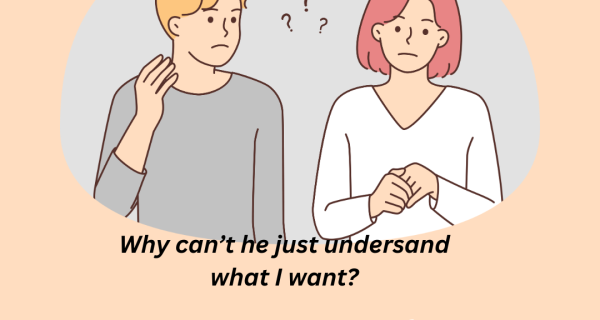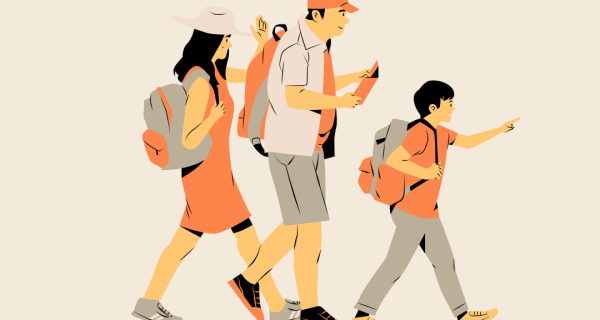As the days grow shorter and the headlines heavier, many of us feel our energy fading — a quiet pull toward stillness and rest.
It’s easy to forget that this slowing down is not a flaw, but part of our nature.
Long before electricity and constant connection, people understood that winter was a time to gather close and to let life breathe between seasons.
Perhaps our bodies and hearts still remember what the world has forgotten — that rest, too, is a form of wisdom, and a way of coping with winter blues.
Learning from Nature: What Winter Teaches Us about Rest
Everything in nature moves in cycles — of light and darkness, growth and rest.
It changes and adapts, but it also knows how to pause.
We are part of that same rhythm, though we often forget.
During the hardest winters, even rivers must freeze —
not as a failure, but as part of their way of surviving until warmth returns.
When we align with nature’s pace, we support our emotional wellbeing through the darker months.
The Natural Seasonal Rhythm of Traditional Life
As many historians have observed, people once lived entirely in tune with the seasons.
After the harvest came the hush of winter — a time for firelight, for stories.
For most of human history — especially in agrarian and pre-industrial societies — life followed the agricultural year:
- Spring and summer were seasons of intense labor — sowing, tending, harvesting.
- Autumn meant storing crops, preserving food, repairing tools, and preparing for the cold.
- Winter was quieter — when fields lay fallow, daylight was short, and people stayed indoors.
In northern climates, there was even a kind of cultural permission to rest — because nature itself demanded it.
Industrialization and electricity later flattened those rhythms.
Work and light became constant; productivity replaced seasonality.
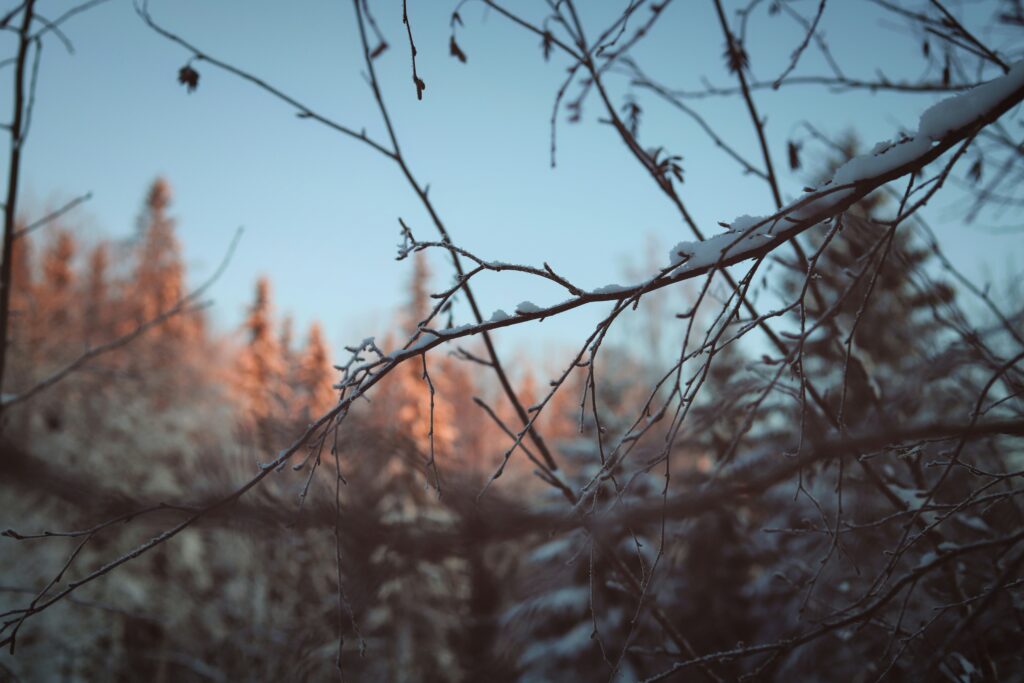
Today, our bodies still remember that rhythm, even if our calendars and screens do not.
When the world keeps pushing forward, something inside us still longs for that winter pause — a natural rhythm of rest and renewal.
The Wisdom of Seasonal Traditions
Author Katherine May, in her acclaimed book Wintering: The Power of Rest and Retreat in Difficult Times (Penguin, 2020), writes about the quiet, transformative power of slowing down — both in nature and in our own lives.
She reminds us that every culture once had rituals to mark the darker months: lighting candles, telling stories, gathering together, creating warmth and meaning when the world outside felt bare.
These traditions were not distractions from darkness, but ways to honor it together, trusting that warmth and light would return.
May describes “wintering” not just as a season of the year, but as a metaphor for emotional winters — those times when life feels cold, uncertain, or stripped back.
Instead of resisting them, she invites us to treat these periods as natural and necessary, much like nature itself does.
“Plants and animals don’t fight the winter; they don’t pretend it’s not happening and attempt to carry on living the same lives they lived in the summer.”
— Katherine May, Wintering
The Art of Hygge: Finding Warmth and Connection in Winter
The Danish concept of hygge captures this spirit perfectly — the quiet art of creating warmth and connection in the midst of darkness.
It’s about presence: lighting a candle, sharing a meal, wrapping yourself in a blanket, or sitting with a friend while the world outside slows down.
Hygge reminds us that comfort can be cultivated — not bought — and that peace often lives in small, ordinary moments.
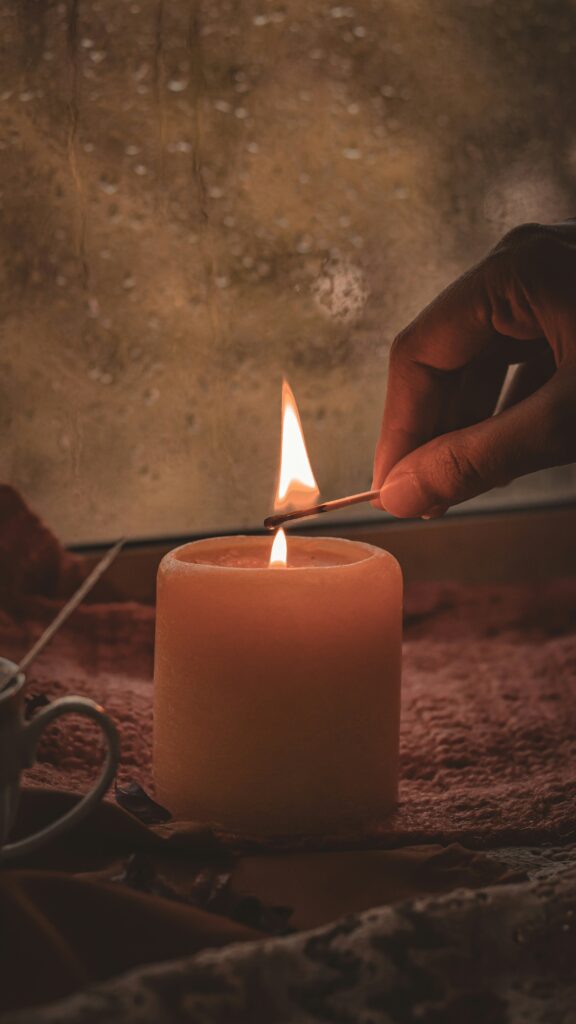
“Shared joy is a double joy; shared sorrow is half a sorrow.” — Scandinavian proverb
When practiced intentionally, hygge can be a gentle antidote to seasonal affective disorder and the emotional fatigue that comes with the darker months. It reminds us that warmth often begins with human connection.
Light and Mood: How Daylight Helps with Winter Blues
“Sunlight is not just brightness — it’s information for your brain.
It resets your internal clock, stabilizes your hormones, and supports mood regulation.”
— Dr. Samer Hattar, National Institute of Mental Health (in conversation with Andrew Huberman)
Modern neuroscience confirms what our bodies have always known: light is essential for our survival and mental health in winter.
In a conversation with Dr. Samer Hattar, neurobiologist Andrew Huberman explained how sunlight directly regulates our sleep–wake cycle, hormone release, and mood through brain pathways we don’t consciously control.
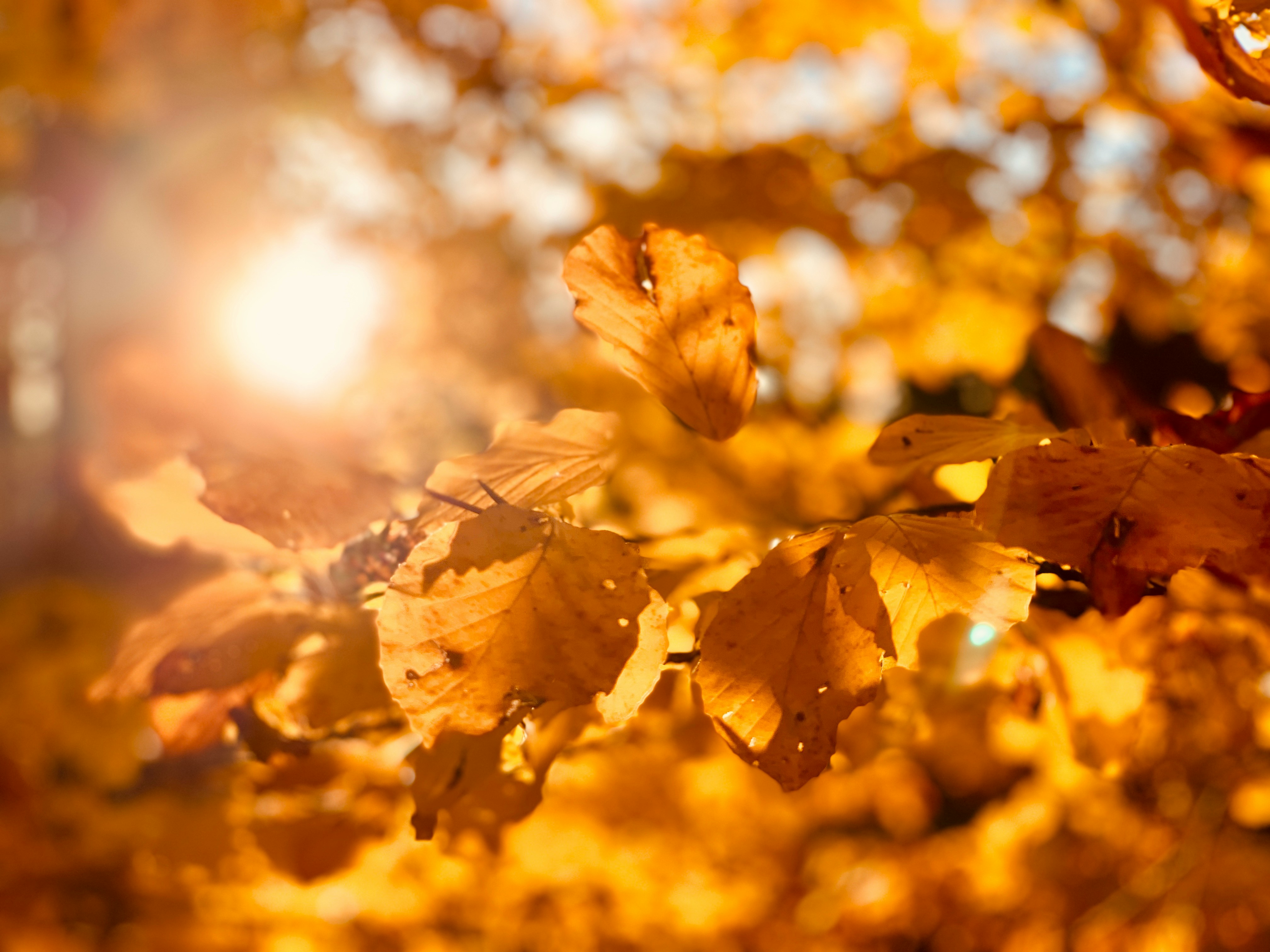
Light acts as a signal to our internal clock — helping to synchronize processes like appetite, energy, and emotional stability.
Without enough natural light, especially in autumn and winter, our brain becomes “jet-lagged without travelling.”
This can contribute to low mood, fatigue, or disrupted sleep.
Even on cloudy days, spending 10–15 minutes outdoors in the morning can make a profound difference.
As Hattar explains, daylight entering the eyes triggers a cascade of biological rhythms that align the body’s systems — supporting resilience, alertness, and overall wellbeing.
Source: Huberman Lab Podcast – “How Light Impacts Your Sleep, Mood, and Appetite” (Guest: Dr. Samer Hattar, NIMH)
Reading for Rest: A Simple Way to Soothe the Winter Mind
When the world grows darker outside, one of the simplest ways to bring light back in is to read.
Beyond helping us sleep, reading itself is a form of restorative calm — a way of coping with winter stress and mental fatigue.
In The Art of Rest (2022), psychologist and broadcaster Claudia Hammond reports findings from the BBC’s “Rest Test,” the largest global study on rest, involving over 18,000 participants across 135 countries.
The results were striking: reading ranked among the most restful activities in the world.
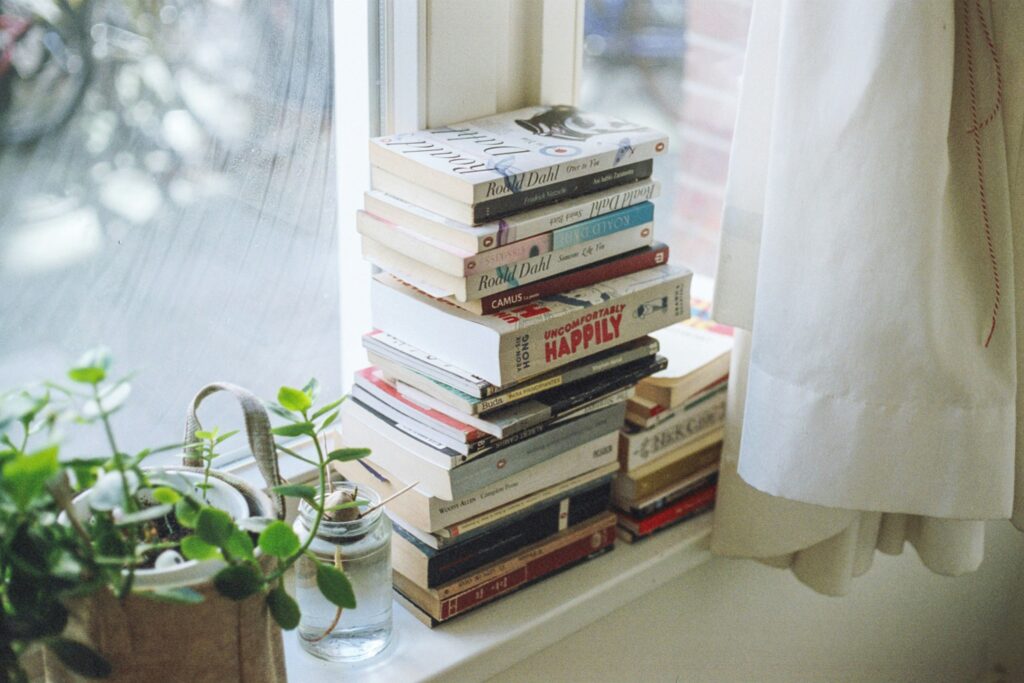
Why? Because reading offers gentle focus without pressure.
It invites the mind to settle into a story, allowing thoughts to breathe and the body to slow down.
When we read, our brains don’t fully distinguish between fictional experience and real life.
Studies in cognitive neuroscience show that imagining or reading about something activates many of the same neural networks involved in actually living it — especially in regions linked to emotion, sensation, and empathy (the mirror neuron system and limbic areas).
That means reading about warmth, light, or kindness can make the brain and body feel a trace of those emotions.
And unlike screens, a printed page doesn’t flood the eyes with blue light or demand constant reaction.
It gives our attention a safe place to rest.
“Rest doesn’t always mean doing nothing,” writes Hammond.
“Sometimes it means doing something that quietly absorbs you.”
In that sense, reading is more than leisure — it’s an act of self-regulation, a way of telling the nervous system: You are safe. You can slow down now.
Closing Reflection
Maybe this is what winter — and all dark seasons — are trying to teach us:
that rest is not idleness, but wisdom.
That light returns, not only from the sun, but from the ways we tend to ourselves and each other.
And that even in our hardest winters, we can learn — like the rivers — to be still for a while, trusting that movement will come again.
Little inspirations for dark seasons — to brighten them a little
How Peaceful Is the Forest in the Autumn
(by Joanna Lauth)
I feel like stepping on a royal carpet —
what could be more precious than these leaves,
the most beautiful jewellery nature ever made?
Are they sad?
Who? I asked.
The trees…
Is that how they mourn —
by losing their leaves?
Are they grieving the sun,
the warmth,
the creatures too fragile to survive the coming frost?
Spring means life and new beginnings,
summer is joy and passion,
but autumn asks us to wait in silence.
It’s the season of slowing down,
of making peace with the fading light —
a quiet preparation
for the relentlessly cold winter.
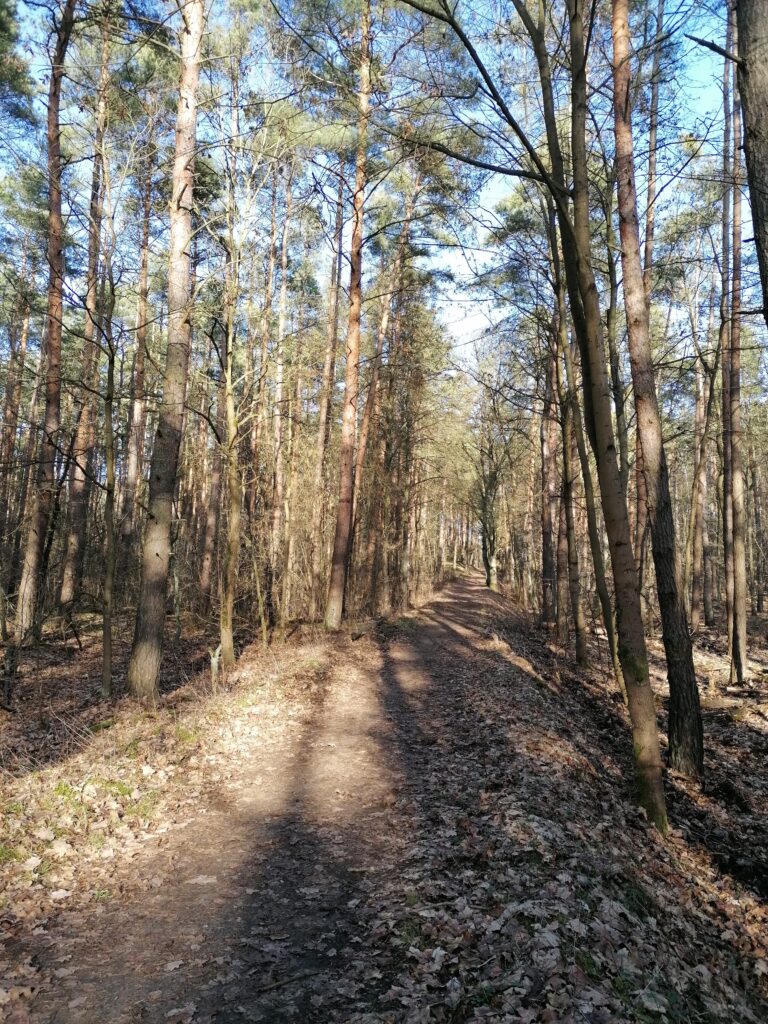
May we all find peace in our own autumns.
“There is a crack in everything — that’s how the light gets in.”
— Leonard Cohen
“When you are at peace with yourself, all seasons are beautiful.”
— attributed to Zhuangzi (Chuang Tzu)
Further Reading — Companions for the Darker Months
- Wintering: The Power of Rest and Retreat in Difficult Times — Katherine May (2020)
A poetic invitation to embrace life’s colder seasons — both literal and emotional — as times of healing, reflection, and quiet growth. - The Art of Rest: How to Find Respite in the Modern Age — Claudia Hammond (2022)
Drawing on psychological research, Hammond explores the science of rest and why activities like reading, daydreaming, and slowing down restore balance in an overconnected world. - Full Catastrophe Living: Using the Wisdom of Your Body and Mind to Face Stress, Pain, and Illness — Jon Kabat-Zinn (1990)
The foundational book on Mindfulness-Based Stress Reduction (MBSR). Kabat-Zinn shows how mindful awareness can transform our relationship with stress and help us live fully, even amid chaos. - Oriental Stories as Tools in Psychotherapy — Nossrat Peseschkian (1986)
A collection of therapeutic tales drawn from Eastern and Western wisdom. Each story reflects universal human struggles — patience, hope, balance — showing how insight often comes through metaphor and imagination.
